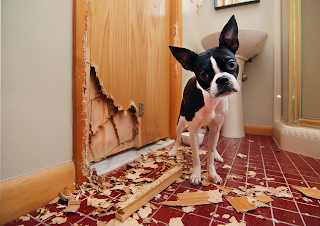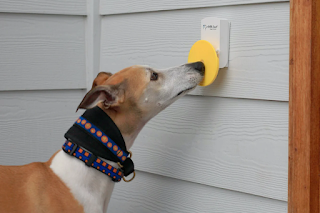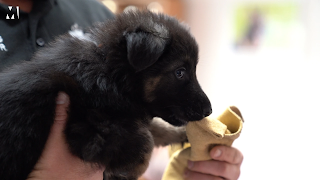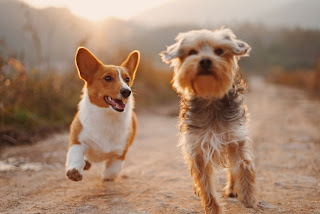What Dog Food Ingredients Should I Avoid?

What Dog Food Ingredients Should I Avoid? As a general rule, you should avoid dog food ingredients that are artificial, highly processed, or of low nutritional value. Here are some specific ingredients that you may want to avoid: Artificial preservatives: These include BHA, BHT, and ethoxyquin, which have been linked to health problems in dogs. Fillers: These are low-quality ingredients that are used to bulk up dog food, such as corn, wheat, and soy. They have little nutritional value and may cause digestive issues in some dogs. Meat by-products: These are parts of an animal that are not typically used for human consumption, such as organs, bones, and blood. While they are not necessarily bad for dogs, they are of lower quality than whole meats and may contain less protein. Artificial colors and flavors: These are added to make dog food more appealing to dogs, but they have no nutritional value and may cause health problems. Added sugar: This is often used to make dog food mor...








